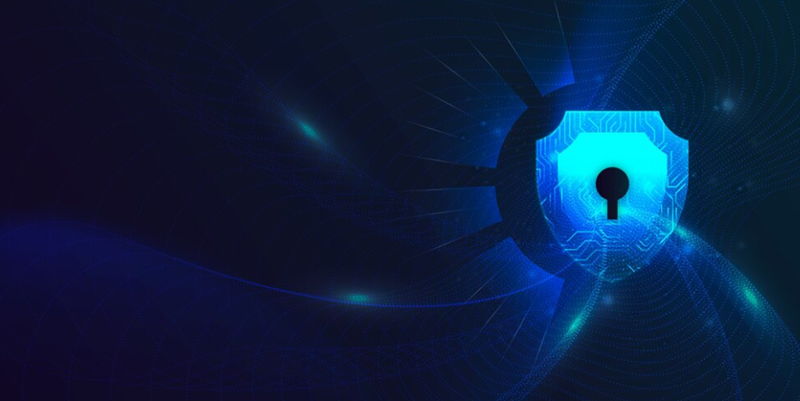In an age where data breaches and cyber attacks are becoming more frequent and sophisticated, the need for robust cybersecurity measures has never been more critical. As we look into the future, it is evident that organizations must not only brace themselves for a substantial increase in the volume of data to be secured but also recognize the shifting nature of the security landscape. This article explores key trends and challenges that lie ahead in the realm of cybersecurity, including the targeting of infrastructure components, the emergence of edge devices as a significant battleground, the role of AI, the evolving responsibilities of CISOs, and the recalibration of private/public sector discussions.
Increasing Volume of Data to be Secured
The sheer amount of data that organizations need to secure is set to skyrocket in the coming years. According to predictions, the volume is expected to jump by 42% in the next year alone, and an astonishing 7X increase is projected within the next five years, highlighting the urgent need for robust cybersecurity measures.
Shifting Security Construct
The traditional approach of protecting individual castles is no longer sufficient in an interconnected world. Organizations must adopt an interconnected caravan mindset, where the security of various components of their infrastructure is considered as an interdependent whole. This shift in perspective acknowledges the interconnectedness of devices, networks, and systems, requiring a holistic approach to cybersecurity.
Targeting Other Infrastructure Components
As organizations become more sophisticated in safeguarding traditional targets such as computers and mobile devices, malicious actors have pivoted towards penetrating other infrastructure components. Industries such as energy, transportation, and healthcare are particularly vulnerable, as demonstrated by recent high-profile attacks. These types of attacks provide attackers with advantages in terms of speed and scale, necessitating increased vigilance and active defense strategies.
Advantages of Infrastructure Attacks
Attacks on infrastructure components offer several advantages to adversaries. The speed and scale at which they can infiltrate systems allow for swift exploitation and potential disruption. Such attacks can cripple critical services, leading to severe economic and societal consequences. Recognizing the potential impact, organizations must prioritize securing their infrastructure beyond traditional targets.
Emerging Battlefront of Edge Devices
As technology continues to advance, edge devices, including Internet of Things (IoT) devices, will play a crucial role in our interconnected world. However, these devices also present a major cybersecurity battlefront. With their increasing prevalence and connectivity, they provide new entry points for hackers to exploit. In 2024, this battlefront is likely to intensify, showcasing the capabilities of hacker groups and posing significant challenges to organizations’ cybersecurity defenses.
The Role of AI in Cybersecurity
Artificial Intelligence (AI) will be at the forefront of discussions surrounding cybersecurity in the coming years. Unfortunately, cybercriminals will leverage AI to generate malware, automate attacks, and strengthen the effectiveness of social engineering campaigns. Conversely, defenders will counter these threats by incorporating machine learning algorithms, natural language processing (NLP), and other AI-based tools into their cybersecurity strategies. AI will play a pivotal role in enhancing threat detection, response speed, and proactive defense mechanisms.
Regulatory Compliance Focus for CISO Role
As the cybersecurity landscape becomes increasingly complex, the role of the Chief Information Security Officer (CISO) will transform. In addition to their traditional responsibilities, CISOs will take on a heavier focus on regulatory compliance. Compliance with stringent data protection laws and regulations will be paramount, requiring CISOs to have comprehensive knowledge of legal requirements and industry standards. The CISO’s role will expand to encompass strategic planning, risk management, and fostering a security-aware culture throughout the organization.
Recalibration of Private/Public Sector Discussions in the C-Suite
In the face of evolving cyber threats, the entire C-suite will have to recalibrate their private/public sector discussions in 2024. Collaboration between the private and public sectors will become even more critical as organizations strive to stay ahead of cybercriminals. Alignment of interests, sharing of threat intelligence, and joint efforts in cybersecurity initiatives will be imperative to ensure the resilience and security of our interconnected digital ecosystem.
As the volume of data to be secured continues to surge and the cybersecurity landscape evolves, organizations must adapt their strategies to protect an interconnected caravan of data. With the rise of infrastructure attacks, edge devices, and the increasing role of AI, the need for proactive defense measures, robust regulatory compliance-focused approaches, and collaborative efforts between the private and public sectors become evident. By embracing these challenges and adopting a comprehensive and holistic cybersecurity framework, organizations can navigate the evolving threat landscape and safeguard their valuable assets in the digital age.

